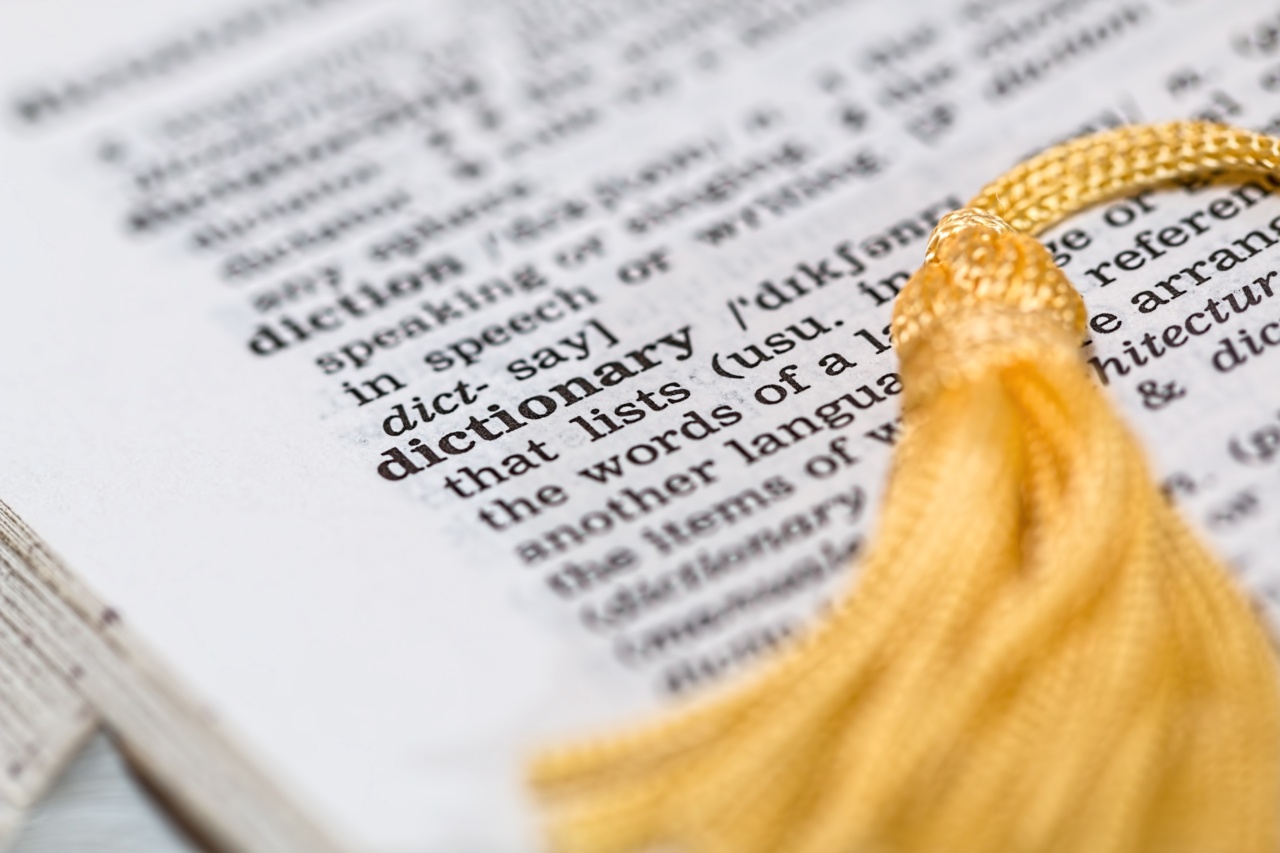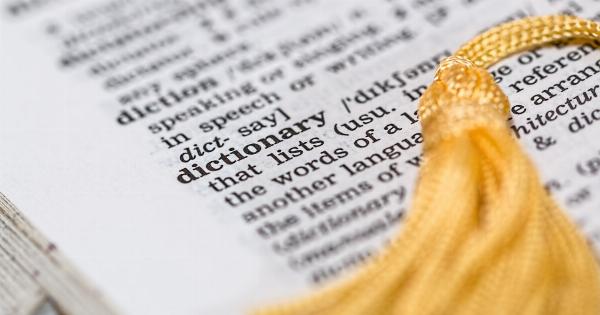Dyslexia is a learning disability that affects an individual’s ability to read, write, spell, and comprehend. It is estimated that about 10% to 20% of the world’s population is affected by dyslexia.
Although there is no cure for dyslexia, with appropriate teaching and support, dyslexic children can learn to read, write, and spell.
What is dyslexia?
Dyslexia is a type of learning disability that affects a person’s ability to read, write, and spell. It is a neurologically-based condition where the brain processes written information differently.
People with dyslexia may have difficulty with decoding words, reading accurately, and understanding what they have read.
Dyslexia is a lifelong condition, and its symptoms may change over time. Dyslexia can affect people of all ages, races, and socio-economic backgrounds. It is not caused by poor vision or hearing, lack of intelligence, or educational opportunities.
What are the signs and symptoms of dyslexia?
The signs and symptoms of dyslexia may vary depending on the individual’s age and severity of the condition. The following are some common signs and symptoms of dyslexia:.
- Difficulty with phonemic awareness and phonics
- Difficulty with reading and comprehension
- Difficulty with spelling and written expression
- Difficulty with oral language
- Difficulty with memory
- Difficulty with organization
- Difficulty with time management
- Difficulty with math
It is important to note that not all children with dyslexia will have the same symptoms. Some children may have difficulty with only one area, while others may struggle with several areas.
How is dyslexia diagnosed?
Dyslexia is typically diagnosed by a qualified professional, such as a neuropsychologist or educational psychologist.
The evaluation may include assessments of the individual’s reading, writing, and spelling abilities, as well as tests of their cognitive and language skills.
Dyslexia can be difficult to diagnose, and it is often misdiagnosed as other learning disabilities or behavioral disorders. Therefore, it is important to seek an evaluation from a qualified professional if you suspect that your child may have dyslexia.
Can a dyslexic child learn the English language?
Yes, a dyslexic child can learn the English language. However, it may require a different approach to teaching and a lot of patience and understanding from both the child and the teacher.
Children with dyslexia may struggle with phonics and decoding, which are essential skills for reading and spelling. Therefore, it is important to use a multisensory approach to teaching the English language.
Multisensory teaching involves using visual, auditory, and kinesthetic techniques to help the child learn and remember information more effectively.
For example, a teacher may use a letter card, and the child can see the letter, say the sound associated with that letter, and then trace the letter with their finger.
This multisensory approach to teaching helps the child learn and remember the information better.
In addition, teachers can use assistive technology such as text-to-speech software and speech-to-text software to help dyslexic children with reading, writing, and spelling.
What are some effective teaching strategies for teaching English to dyslexic children?
The following are some effective teaching strategies for teaching English to dyslexic children:.
- Use a multisensory approach to teaching
- Focus on phonics and decoding skills
- Use structured, sequential, and cumulative teaching methods
- Break down tasks into smaller, manageable parts
- Provide frequent feedback and positive reinforcement
- Use assistive technology such as text-to-speech software and speech-to-text software
- Provide a supportive and non-judgmental learning environment
- Encourage reading and writing for pleasure
- Collaborate with the child’s parents and other professionals
- Provide extra time and accommodations for testing
It is important to note that no one teaching approach or strategy will work for all dyslexic children. Teachers and parents need to work together to find the most effective teaching methods for their child.
What can parents do to support their dyslexic child’s English language learning?
The following are some things that parents can do to support their dyslexic child’s English language learning:.
- Encourage reading and writing for pleasure
- Provide a quiet and distraction-free environment for homework and studying
- Read aloud to their child and engage in discussions about the text
- Use audiobooks to help their child access grade-level materials
- Play word and phonics games with their child
- Collaborate with the child’s teacher and other professionals
- Provide emotional support and encouragement
Conclusion
Although dyslexia can make learning English challenging for some students, it is not impossible. With appropriate teaching and support, dyslexic children can learn to read, write, and spell.
It is important to use a multisensory approach to teaching, provide a supportive and non-judgmental learning environment, and collaborate with the child’s parents and other professionals. Dyslexic children can have a bright and successful future, and it is our job as educators and parents to help them reach their full potential.





























